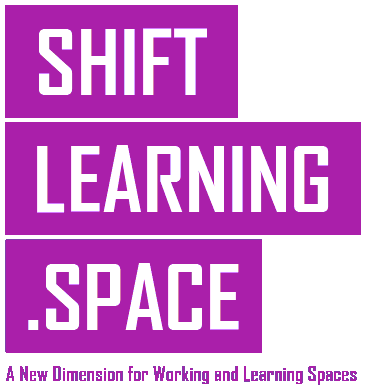Exploring Heart Rate Variability and Mental Effects of Gameplay in Virtual Reality and 3D Morphing Animation

This study presents a research approach to creating 3D animations in a virtual reality game using the morphing technique as well as heart rate variability (HRV) analysis. The aim is to investigate the mental effects of the game on players by analysing electrocardiographic signals recorded before and during the game. The animations were created using Java(ver.1.8)/Java3D(ver.1.6), Blender(ver.3.1.2), and Unity(ver. 2021.3.6f1). The techniques used are Morph Interpolator in Java3D, as well as Blend Shapes and Keyframes in Blender. Animation in Unity does not have direct support for morphing, which necessitates the use of Blend Shapes and Blender. Formats such as OBJ and FBX were used to transfer data between the platforms. In addition to the software implementation of the game animation, the study offers a comparative analysis between two of the platforms (Java/Java3D and Blender) in terms of their effectiveness, advantages, and disadvantages in implementing morphing animations. The software solutions used create high-quality animations, which are necessary for generating an interactive virtual environment leading to mental stress during the game. The effectiveness of the proposed approach is proven through HRV analysis, with the results showing the psychological effect of the game on users, expressed in a decrease in HRV.

